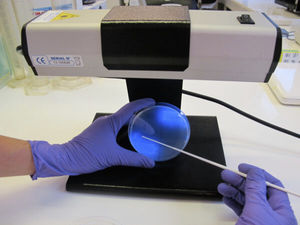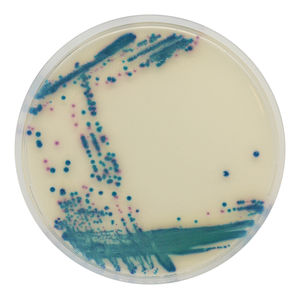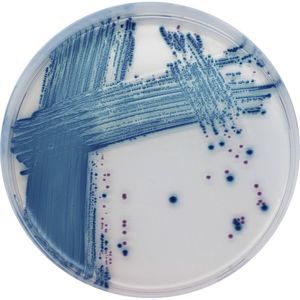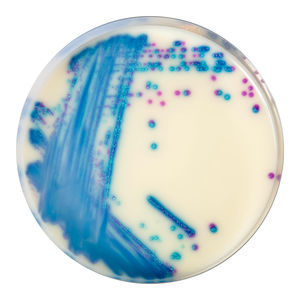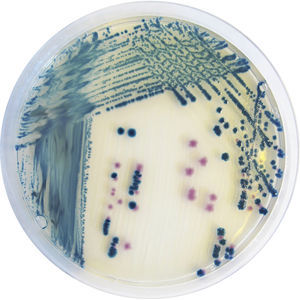
Enzyme reagent ESRT2clinicallaboratorylead
Add to favorites
Compare this product
fo_shop_gate_exact_title
Characteristics
- Type
- enzyme
- Applications
- clinical, laboratory
- Tested parameter
- lead
- Micro-organism
- Escherichia coli, enterobacteriaceae
- Storage temperature
2 °C, 8 °C, 15 °C, 30 °C
(36 °F, 46 °F, 59 °F, 86 °F)
Description
ESBL (Extended Spectrum β-Lactamases) are enzymes that mediate resistance to penicillins, extended-spectrum third generation cephalosporins (C3G) and monobactams. ESBL-producing Enterobacteriaceae started to appear in the 1980s, and have since emerged as some of the most significant hospital-acquired infections with Escherichia coli and Klebsiella spp. being the main actors, but other Gram-negative species have also been observed. Emergence of ESBL-producing isolates has important clinical and therapeutic implications:
- Resistance determinants for ESBL production are carried on plasmids that can be easily spread from organism to organism.
- The spread of resistance toward extended-spectrum cephalosporins may lead to increased prescription of more broad-spectrum and expensive drugs.
- These resistant isolates may escape detection with routine susceptibility testing performed by a clinical microbiology laboratory, which can result in adverse therapeutic outcomes.
Therefore, the early detection of ESBL-producing bacteria carriers is important to minimise their impact and the spread of infections and customise therapeutic patient treatment.
CHROMagar™ ESBL allows the detection of ESBL-producing bacteria while inhibiting the growth of other bacteria, including most of those carrying AmpC type resistance. This is an important feature because intrinsic AmpC resistance has less epidemic relevance, but often leads to ESBL false positive reading in the classical testing methods.
Catalogs
No catalogs are available for this product.
See all of CHROMagar‘s catalogsRelated Searches
- Solution reagent kit
- Molecular biology reagent kit
- Diagnostic reagent kit
- Laboratory reagent kit
- Enzyme reagent kit
- Histology reagent kit
- Reagent medium reagent kit
- Bacteria reagent kit
- Blood sample reagent kit
- Clinical reagent kit
- Tissue reagent kit
- Microbiology reagent kit
- High-sensitivity reagent kit
- Colorimetric reagent kit
- Gene reagent kit
- Metal reagent
- Escherichia coli reagent kit
- Powder reagent kit
- Environmental analysis reagent kit
- Fungi reagent kit
*Prices are pre-tax. They exclude delivery charges and customs duties and do not include additional charges for installation or activation options. Prices are indicative only and may vary by country, with changes to the cost of raw materials and exchange rates.


